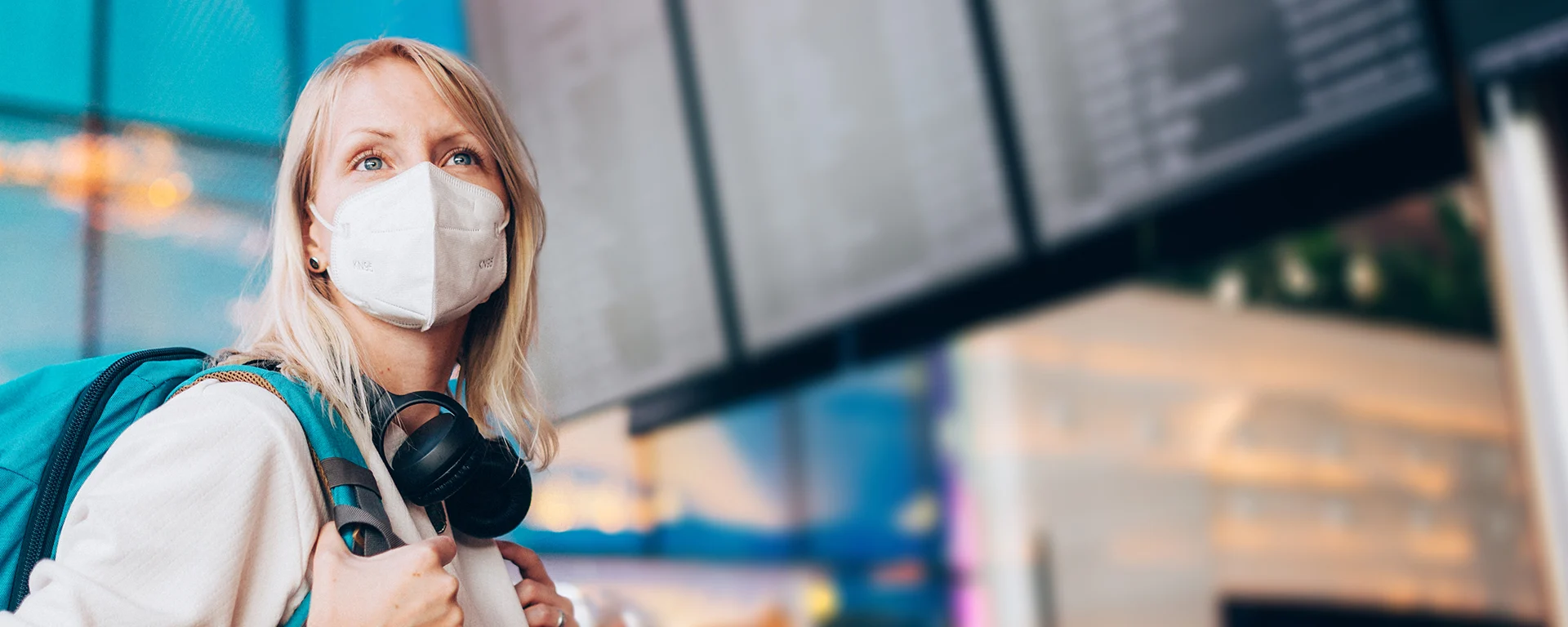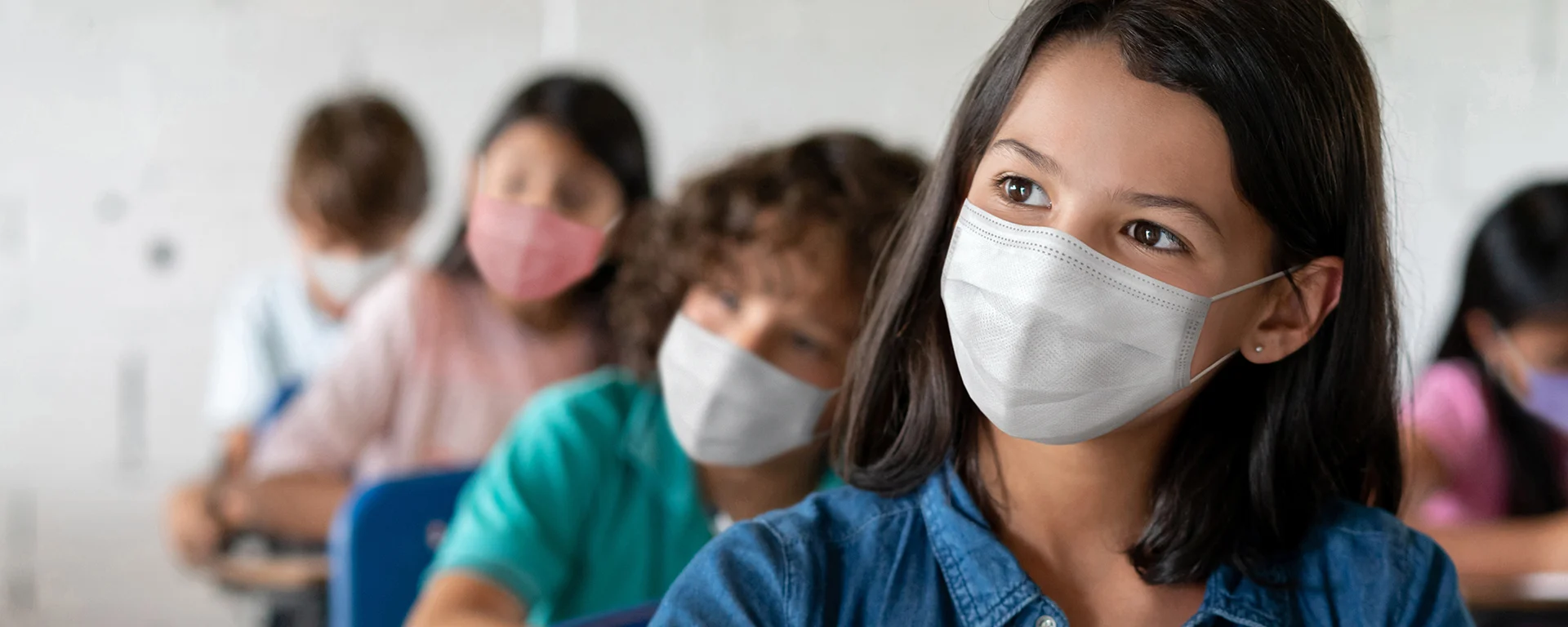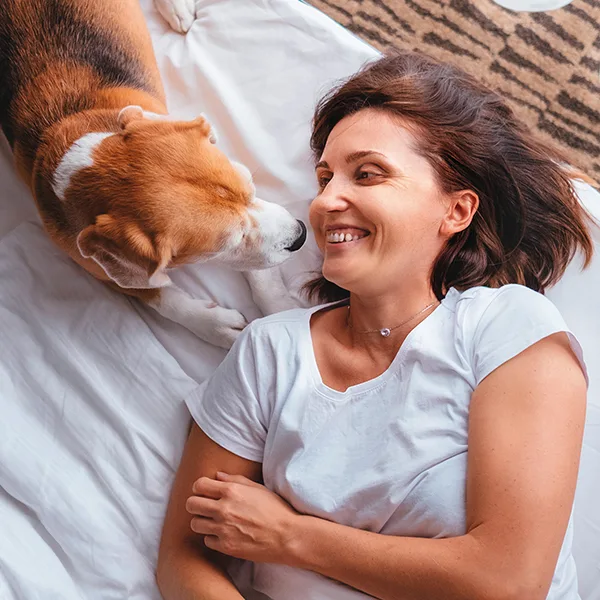Filters Are Your Friends
Quality air cleaners can make indoor air healthier — whether your issue is viruses, wildfire smoke, or other pollutants.
Humans are an indoor species. The average person spends about 90 percent of their time indoors, so if you want to know how much time you’ve spent indoors in your life, take your age and multiply it by 0.9. If you’re 20 years old, you’ve probably spent about 18 years indoors. You’re 40? That’s 36 years inside.
Might be a good idea to make sure that the air you’re breathing indoors is clean, huh?
If the air outside your building is clean, there’s a (relatively) easy fix: Bring more of it indoors. But that isn’t always possible. Plus, this summer, wildfire smoke has made outdoor air a problem in a lot of places. And if you’re in a city, near a busy road, or have other sources of air pollution near you, the air outdoors may not be so great, either. So, what else can you do?
Enter the trusty air cleaner.
Size matters — and so does filter quality
If your building has an HVAC (heating, ventilation, and air conditioning) system, you can improve your indoor air quality by improving the filters you use in that system (more on filters below). If you don’t have an HVAC system — or if it doesn’t work well in every room — what you need is a portable air cleaner. But you might not get the result you want if you toss just any old machine into your living room.
The bigger the space, the bigger the air cleaner (or the more air cleaners) you need to clean it. This tool from the nonprofit website, Clean Air Stars, will let you know how many of a particular model of air cleaner you need for a given size of room with a certain number of people in it. The tool is designed to reduce the amount of coronavirus in the air, but it gives you an idea of where to start, no matter what your air-quality issue is. Plus you can tell the tool how quiet you want the cleaner to be, and it’ll recommend models for you.
No matter which type of cleaner you pick, you’ll want the filter inside it to be high-quality. That means a MERV 13 HEPA filter. (MERV means minimum efficiency reporting value, and HEPA means high-efficiency particulate air, but you don’t need to remember that.) Filters with a MERV higher than 13 can clean even smaller particles out of the air, but they also make the machine work harder to pull air through the filter. Any lower than MERV 13 and the filter won’t catch the tiny bits of water that viruses usually ride through the air. Just remember “MERV 13 HEPA filter” and you’re all set.
A final note on picking an air cleaner. In addition to filtering the air, a lot of cleaners have add-ons like ionizers or UV lights. Don’t use those features, because they can do more harm than good. Both of them create ozone, which irritates people’s airways - an especially bad thing if you have asthma. UV lights can also hurt your skin and eyes, and frankly, the UV lights in portable air cleaners aren’t strong enough to kill viruses as they pass by anyway.
In a pinch, you can make your own
If cost is your biggest barrier to getting a decent-sized air cleaner, try a Corsi-Rosenthal box! That’s a fancy name for a very good DIY air cleaner you can make for $100 or less, using a box fan, MERV 13 furnace filters, cardboard, and duct tape. You can find detailed how-to instructions on how to make and use one here. If you’re the handy type who only needs the one-page version of the instructions, here you go.
Once you’ve picked — or made — your air cleaner, place it at least 18 inches away from walls or furniture, ideally toward the middle of the room you’re trying to clean. Turn it on, and walk away. And hopefully breathe a little easier, knowing that your indoor air is about to be cleaner than it was before.






